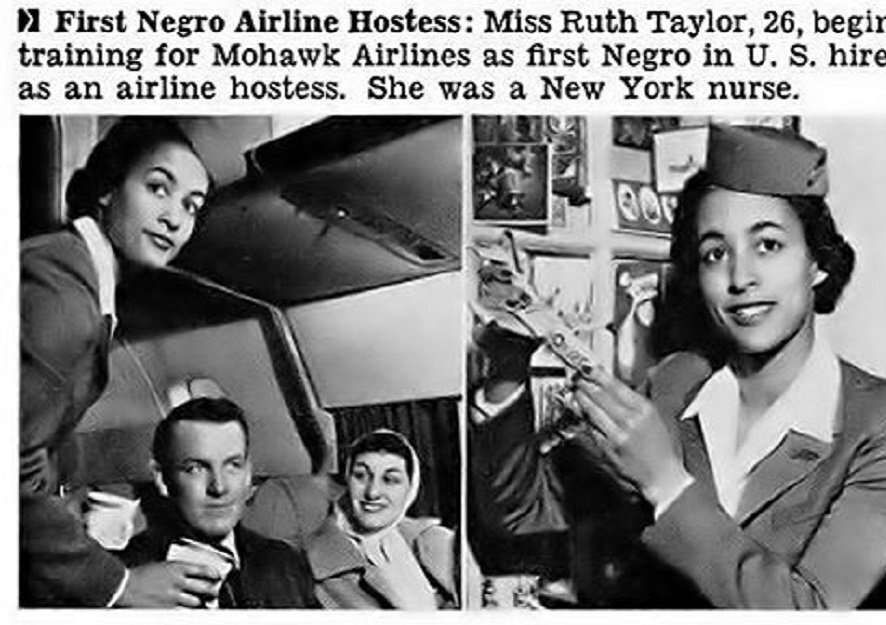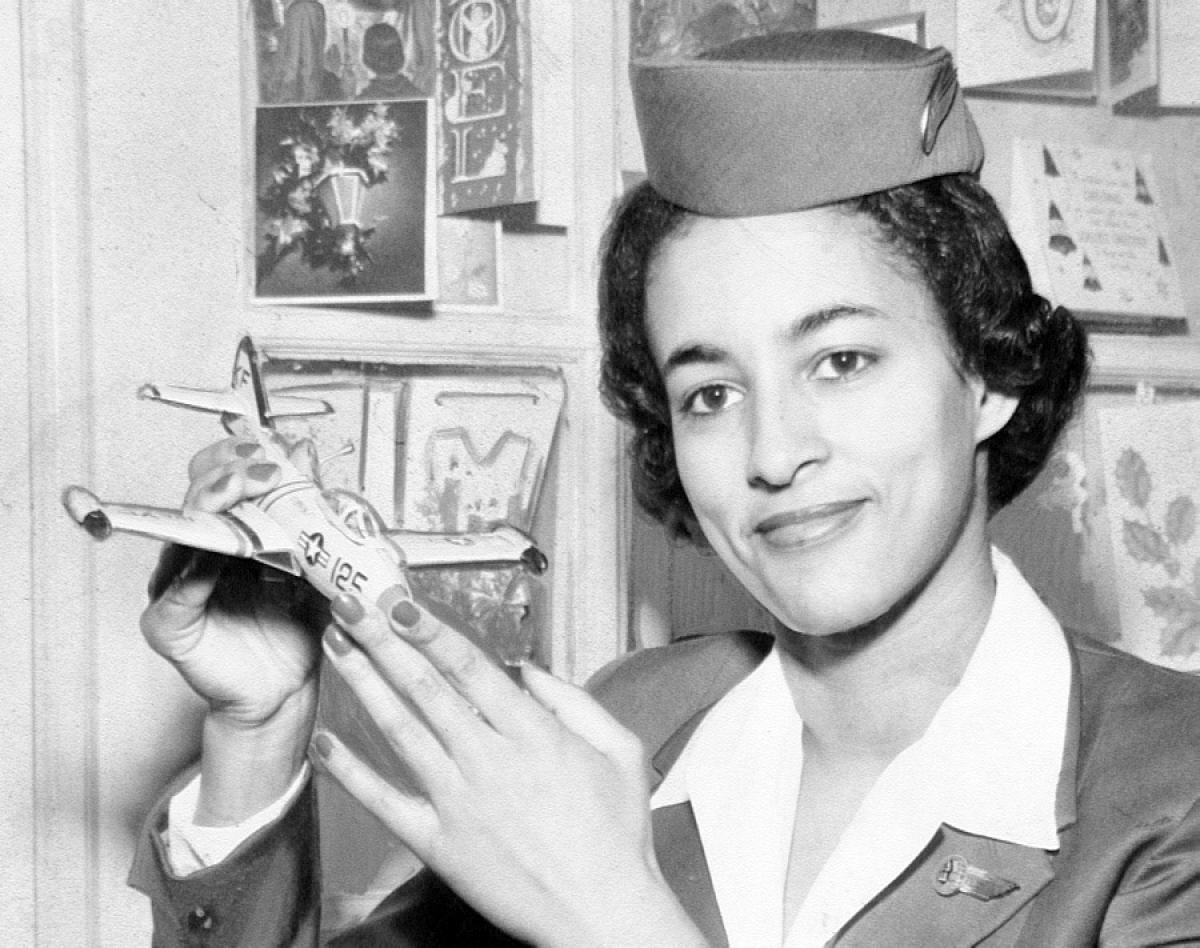Meet Ruth Carol Taylor: The First Black Flight Attendant in the U.S.
It was the 1950s, and the racism tea was piping hot. The Civil Rights Movement was picking up steam, and many Black Americans struggled to find equal housing, education, and employment opportunities. The most important jobs were held by—you guessed it—white men. The aviation industry was no exception to these racial shortcomings.
Ruth Carol Taylor for Mohawk Airlines. December 1957.
Ruth Carol Taylor, a New York City nurse, applied for a flight attendant (then called an airline stewardess) position with Trans World Airline (TWA) and was swiftly rejected for not meeting the airline’s “physical standards.” At the time, that just meant because she was Black. The aviation pioneer didn’t give up. Instead, she filed a discrimination complaint with the New York State Commission and continued to apply to other airlines.
Shortly after, regional carrier Mohawk Airlines announced the recruitment of Black flight attendants. Out of 800 eager applicants, Taylor was hired. When asked about being the only Black hire, Ruth spoke up, saying that she believed it was due to nearly white-passing skin and features. A few months later, TWA made their first Black hire, too.
Within six months, the airline Ruth fired on yet another discriminatory practice by airlines of the day: marriage. A marriage ban was commonplace and prohibited flight attendants from being married or pregnant. She continued breaking barriers, and in 1963, she covered the March on Washington as a journalist for a British magazine, Flamingo. By 1977, Ruth Taylor was back in the nursing game and deep into her work as an activist. She co-founded the Institute for Inter-Racial Harmony Inc. in 1982, for which she developed testing designed to measure racial bias in educational, commercial, and social settings.
We stan you, Ms. Ruth Carol Taylor—a true pioneer of Black travel.









